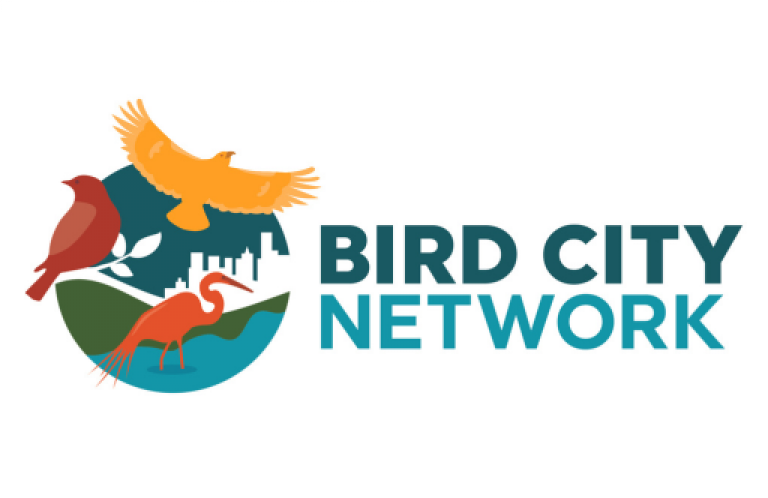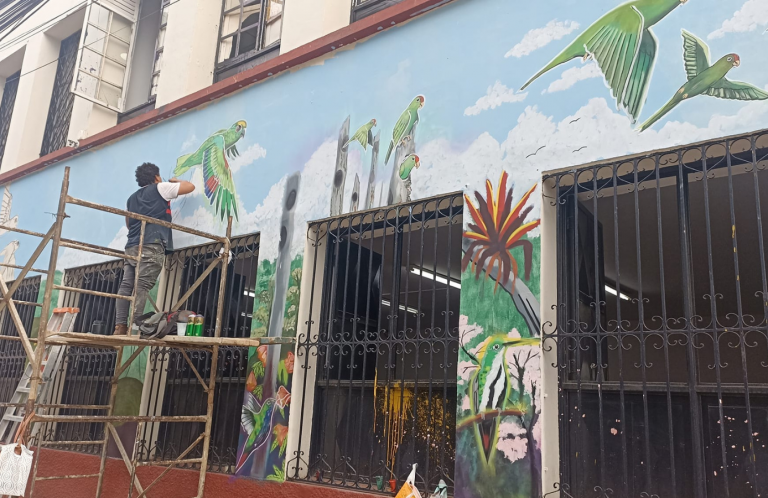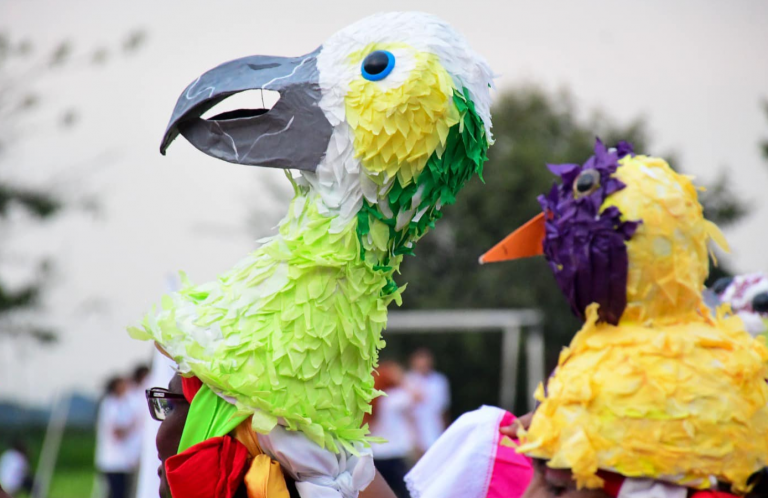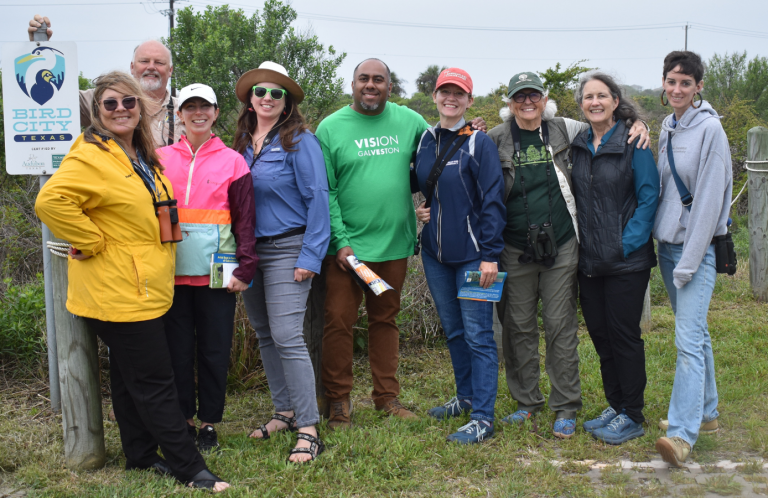Searching for Inspiration for Your Bird City Application? Here Are 5 Ideas
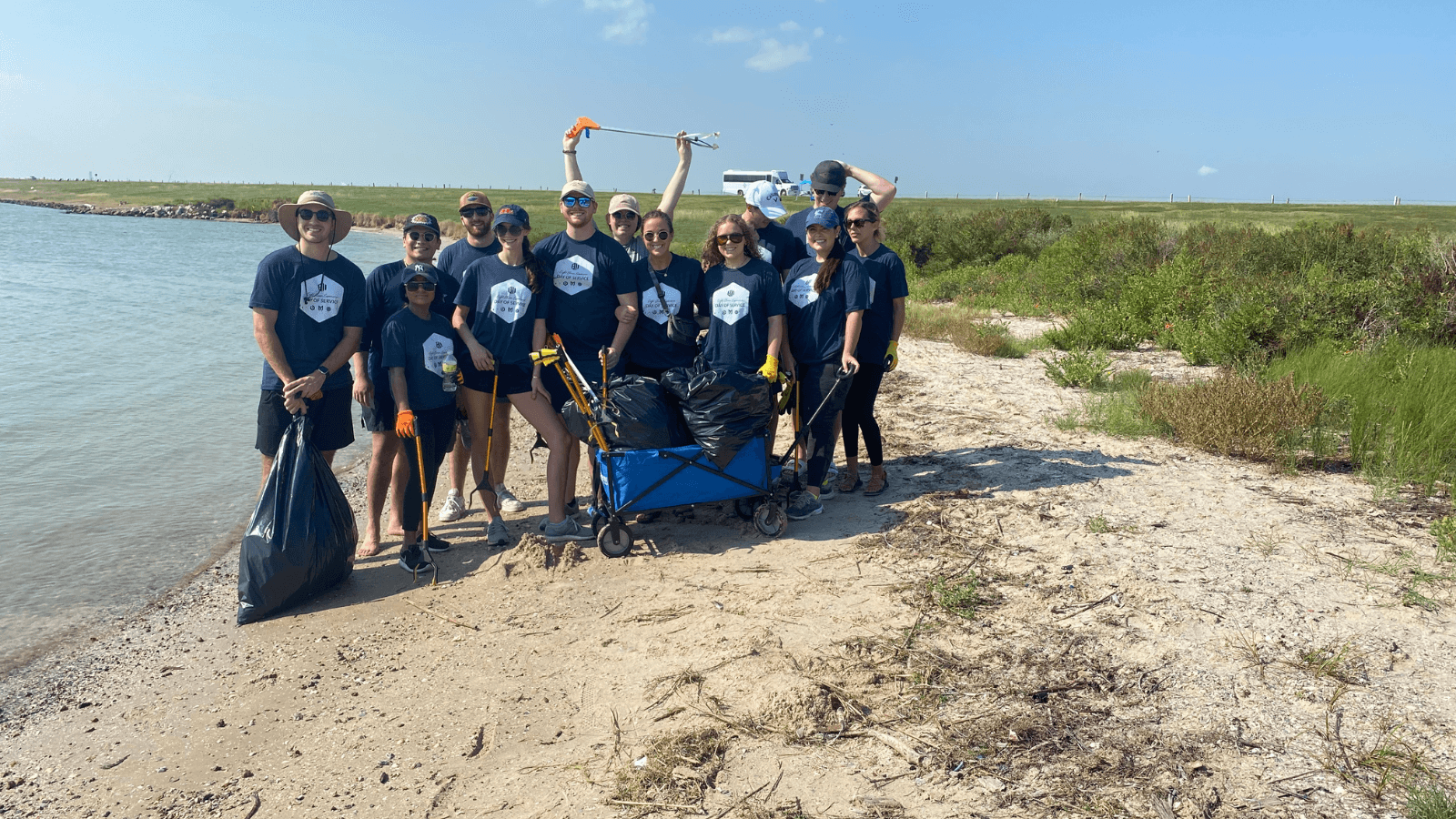
With the recent launch of Bird City Network, you and your community might be wondering what actions you can take to become a Bird City community — or simply to do more to help birds! This article will provide some useful inspiration.
If you want your community to become a Bird City, your first step is to visit birdcity.org and check the “Programs and Communities” tab. Every Bird City community needs to fit within an existing umbrella Program for the state or country, so check to see whether there is an active Bird City Program that encompasses your area. Then, visit the relevant Program's Apply/Renew page to view or download an Action List before you start your application. To learn more about becoming a Bird City, check out our previous article about first steps to take to get your application off on the right track.
If no Program exists for your region yet, don't worry — the Bird City Network is actively creating new Programs, and you can still work within your community to take any (or all!) of the actions outlined below. It is never too early to start helping birds, and when a Bird City Program does become active in your area, you will have an impressive head start. (If you're truly inspired, reach out to the Bird City Network team to express interest in creating a Program!)
Again, whether or not you aim for Bird City status or simply want to do more to help birds, consider these five ideas!
1. Create an Event to Celebrate World Migratory Bird Day
World Migratory Bird Day (WMBD) events unite many Bird City communities. If you're just starting your Bird City application, scheduling an event and registering it on the WMBD website is a great place to begin.
The event should share WMBD's annual conservation theme and can take advantage of the terrific resources that Environment for the Americas provides. It should also be supported by your local governing body. Apart from that, events can involve a range of activities. You might plan a bird outing with a local expert during peak migration, schedule a public talk, hold an event with kids, and/or plan a festival day with a whole range of educational activities.
World Migratory Bird Day officially takes place on the second Saturday in May (for spring migration) and second Saturday in October (for fall migration), but your event can be held any day of the year to suit the best time to celebrate migratory birds in your area. Their map of events across the Americas might also offer some inspiration for planning your own day.
2. Participate in a Community Science Bird Monitoring Program
Community science not only provides valuable crowd-sourced data for scientists, it also helps to build a sense of community and appreciation for local nature. There are a few ways to get members of your community involved in a project.
You can create a community project on platforms like eBird or iNaturalist, where people can easily snap photos on their phones and log bird observations. You could also participate in a more official national or global bird monitoring program, like the Christmas Bird Count or Great Backyard Bird Count. These broader efforts typically take place annually on a select day or series of days to provide a snapshot that can be compared across different years or geographic areas.
3. Plant Native Species
Native plants have a number of benefits to both birds and people. They attract pollinators, birds, and other species of wildlife. Native plants are an essential source of the caterpillar prey birds feed to their young. They are also a great way to bolster local green space, improve air quality and shade cover (if you plant trees), and create a sense of pride in your regional flora and fauna. Native plants will vary based on your community's location, so make sure to do some research on the right plants for your area.
There are lots of ways to integrate native plants into city planning. Choose native tree species to place along sidewalks, or plant native grasses and wildflowers in right-of-way spaces like power lines and along roadways. Consider whether there are any spaces that are currently manicured lawns that could be converted to native plant gardens or fields instead, and make it easier for individuals to convert their own lawns. Any of these options is a great way to showcase your community's unique character and what makes your local ecology special.
Since native plants will attract birds to your area, it is good to combine these measures with addressing threats to birds like window collisions and free-roaming cats — you'll find a few examples of how to do that below!
4. Clean Up Natural Waterways
Cleaning up waterways is an especially good way to attract water-loving species, and is also a great way to make your community more attractive and inviting. This can involve something as simple as a series of organized trash cleanups or planting native grasses along riverbanks. These actions can help to reduce pollutants, including plastics, and increase natural filtration.
Encouraging the creation of rain gardens and wetland restoration projects are also great ways to improve wetland ecosystems and water quality for birdlife, and pair well with some of the native plant actions above.
5. Implement Programs or Ordinances to Tackle Threats to Birds
Urban and residential areas can have a higher concentration of certain risks to birds, including light pollution that can throw off migration, glass surfaces that pose a collision risk, and free-roaming cats that prey on birds. Luckily, there are a variety of community-wide programs and ordinances that can significantly reduce these threats.
The best way to address deadly window collisions is to enact legislation or ordinances for bird-friendly buildings. New York City and Washington, D.C. have both recently passed bird-friendly building design laws that serve as good models, and American Bird Conservancy's (ABC's) website has model ordinance language to give you a head start on writing your own.
Lights Out programs in cities across the United States can also help prevent collisions by encouraging building owners and residents to turn out their lights at night during peak migration in the spring and fall. These programs help ensure that the billions of birds that migrate across the continent each year do not get disoriented by artificial light, wasting precious energy or increasing the risk of window collisions.
Another way to reduce your community's threat to birds is by creating and distributing educational materials about the dangers of free-roaming cats, and encouraging people to treat cats more like dogs by not letting them roam outdoors. ABC's Cats Indoors Program has a wide range of materials to help get you started.
###
American Bird Conservancy is a nonprofit organization dedicated to conserving wild birds and their habitats throughout the Americas. With an emphasis on achieving results and working in partnership, we take on the greatest problems facing birds today, innovating and building on rapid advancements in science to halt extinctions, protect habitats, eliminate threats, and build capacity for bird conservation. Find us on abcbirds.org, Facebook, Instagram, and Twitter (@ABCbirds).
Media Contact
Jordan Rutter
Director of Communications
media@abcbirds.org





































